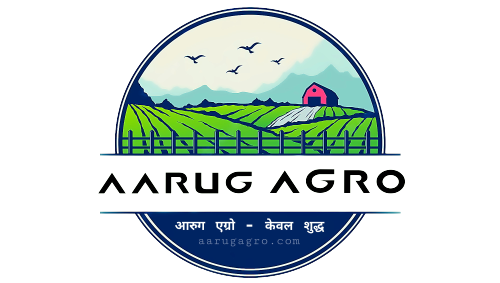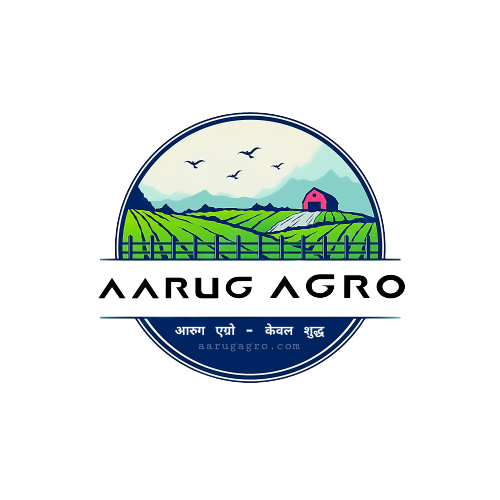Introduction: The Maya civilization, renowned for its sophisticated culture and remarkable achievements, left an indelible mark on history. Among their many accomplishments, Maya terrace farming stands out as an innovative agricultural practice that allowed them to thrive in the challenging landscapes of Mesoamerica. This article delves into the fascinating world of Maya terrace farming, exploring its historical significance, agricultural techniques, and its enduring legacy on modern agricultural practices.
- The Historical Roots of Maya Terrace Farming: Dating back to the pre-classic period, the Maya people settled in the dense rainforests and hilly terrains of present-day Mexico, Guatemala, Belize, and Honduras. To overcome the constraints of uneven terrain and promote sustainable agriculture, they ingeniously crafted terrace farming systems.
- The Art of Maya Terrace Farming: 2.1 Terrace Design and Engineering: The Maya constructed terraces by carving flat platforms into the hillsides. These stepped structures were supported by stone walls, carefully aligned to prevent soil erosion and withstand heavy rainfall. Their meticulous engineering ensured efficient water drainage and preservation of fertile topsoil.
Water Management
The Maya terrace farming systems incorporated an advanced irrigation network. Canals, reservoirs, and aqueducts were engineered to distribute water from nearby rivers and collect rainwater, providing a consistent water supply to nourish their crops.
Agricultural Advantages
Soil Conservation: Maya terrace farming demonstrated a profound understanding of soil conservation. The terraces effectively prevented soil erosion during heavy rains, safeguarding the nutrient-rich topsoil and maintaining its fertility for continuous crop cultivation.
Crop Diversity: The terraced fields offered varying microclimates, allowing the Maya to cultivate a diverse range of crops, including maize, beans, squash, cacao, and various fruits. This agricultural diversity enhanced food security and supported their flourishing civilization.
The Cultural Significance
Maya terrace farming was interwoven with their cultural and spiritual beliefs. The agricultural practices were intricately linked to their religious ceremonies and calendar systems. Terraces were often considered sacred spaces, reflecting their deep reverence for nature and the land
Legacy and Modern Applications
Enduring Impact: While the classic Maya civilization eventually declined, the legacy of their terrace farming endures. Many of these ancient terraces can still be found in the region, serving as a testament to the resilience and sustainability of this agricultural system.
Inspiration for Modern Agriculture: The Maya terrace farming techniques continue to inspire modern agricultural practices. Lessons from their water management systems, crop diversity, and soil conservation are increasingly integrated into sustainable farming practices worldwide.
Conclusion
Maya terrace farming exemplifies the remarkable ingenuity of an ancient civilization that harmoniously coexisted with its environment. Their mastery of agricultural engineering, water management, and crop diversity enabled them to flourish amidst the challenges of Mesoamerican landscapes. As we look back on the agricultural wisdom of the Maya, we gain valuable insights into how sustainable practices can shape the future of modern agriculture. By drawing from the legacy of Maya terrace farming, we can cultivate a deeper understanding of our relationship with the land and strive for a more ecologically conscious and prosperous world.


